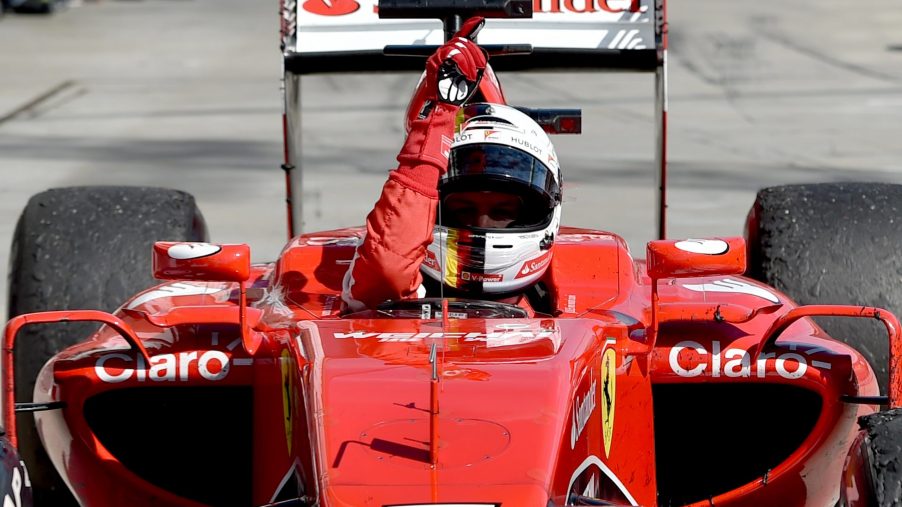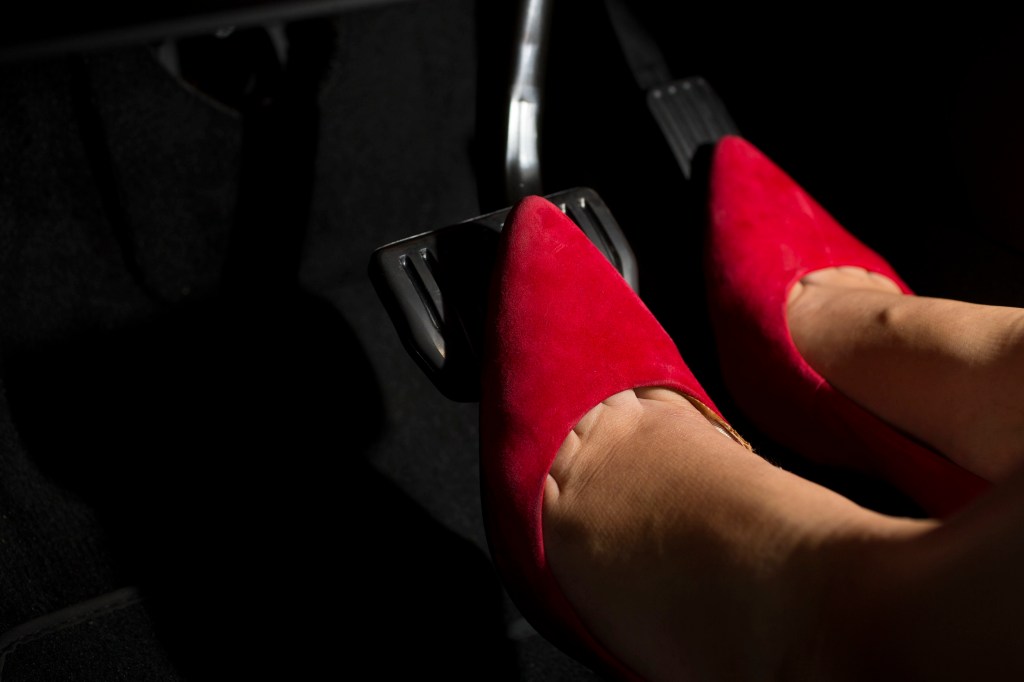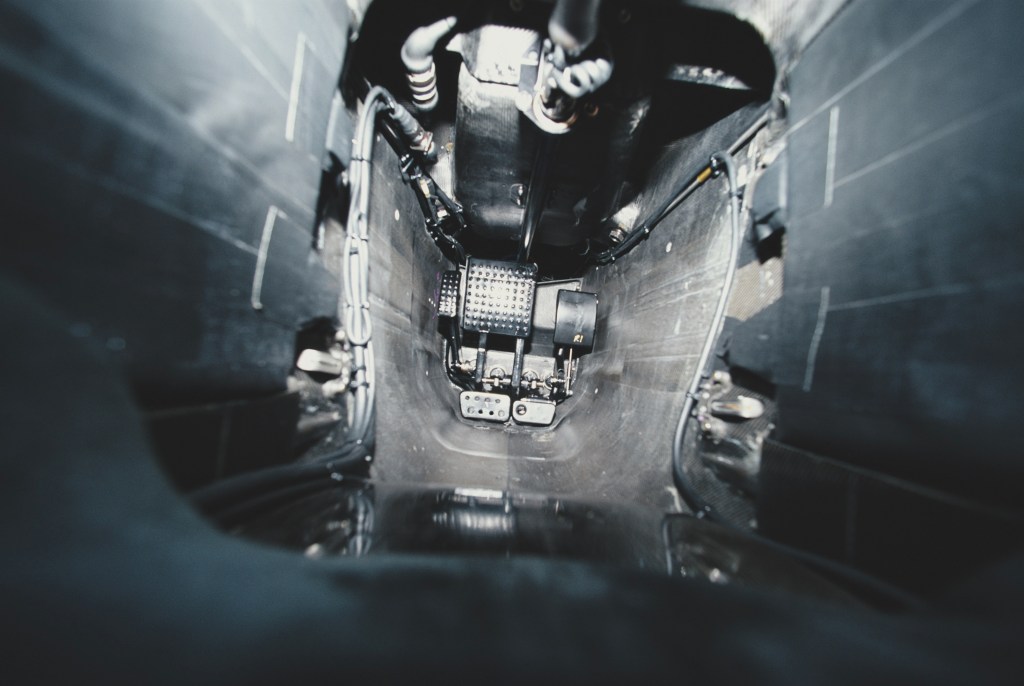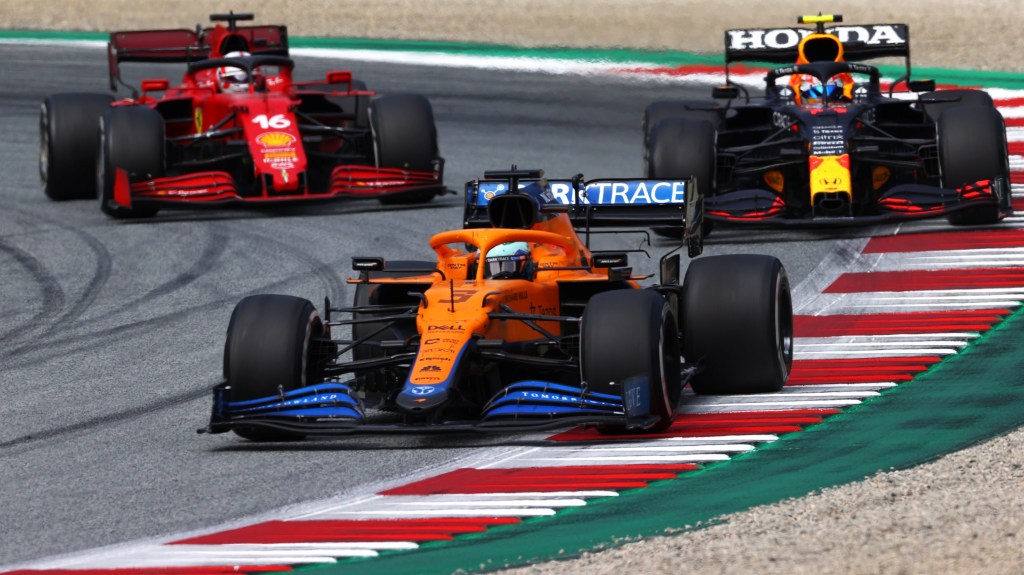
Do Formula 1 Drivers Brake With Their Left Foot?
Driving a Formula 1 car is like playing chess at 200 MPH. Drivers experience serious G-forces throughout a lap. Changes are made to the way the car behaves over the course of a lap by the driver, all while fighting wheel-to-wheel with the best drivers on the planet. What’s more, the sport is constantly changing. As the sport has evolved, so too have drivers and their methods.
What is left foot braking?

One of the techniques employed by modern Formula 1 drivers is left foot braking. However, F1 drivers aren’t the only ones to use this technique. It’s commonplace for rally drivers, NASCAR drivers, and even enthusiasts. The principle behind the technique is simple. First, it’s about eliminating the delay in braking. Meaning, there’s less time between you hopping off the gas and onto the brakes, and vice versa when leaving a corner.
The physical act of the technique is simple, too. As seen above, left foot braking involves using one’s left foot to hit the brakes instead of the right. When approaching a corner, the driver releases the gas with their right, while applying pressure to the brakes with their left. However, this technique generally assumes the lack of a third pedal.
Formula 1 drivers didn’t always use this

The lack of a third pedal is why the technique became commonplace in Formula 1 today. Just look at how narrow the footwell of an F1 car is. Note the clutch on the left. That’s probably pretty hard to hit, right? Because of this, teams have realized it’s more efficient to use a clutch on the steering wheel instead. This frees up the left foot to do the braking instead of operating a clutch.
Mind you, drivers still used their left foot to stop way back when. It was only when approaching a corner that would not need a gear change that this applied. Once again, it’s about limiting the time the car is coasting before being either stopping or going. And that’s exactly what racing is about. If your car isn’t stopping or going, you’re losing time, and therefore the race.
There are benefits for normal drivers too

Thankfully, there’s some benefits to be had for the everyman or woman here. However, unlike racing, there’s a safety benefit for the average Joe or Jane. Like racing, it’s about eliminating that delay. Say you spin out on a patch of ice and need to stop. Every second lost not hitting the brakes brings you ever closer to needing a new set of wheels.
Personally, it provides a comfort benefit in cars with narrower pedal boxes. You won’t have to move your feet around as much in stop-and-go traffic if you’re versed in the dark art of left foot braking. Like many things, it’s all about preference. Be sure to try it out in an empty parking lot before going out onto the road.


